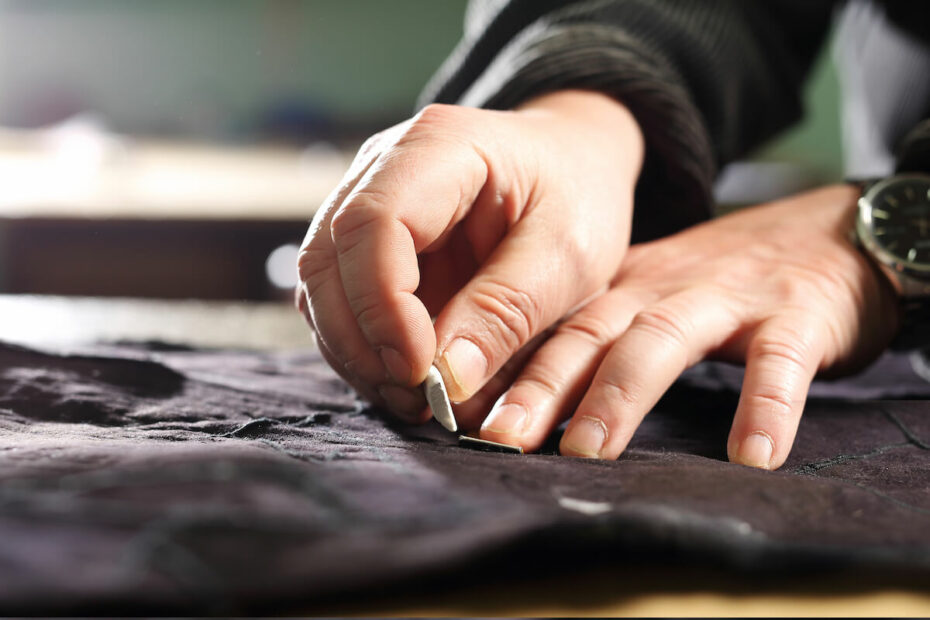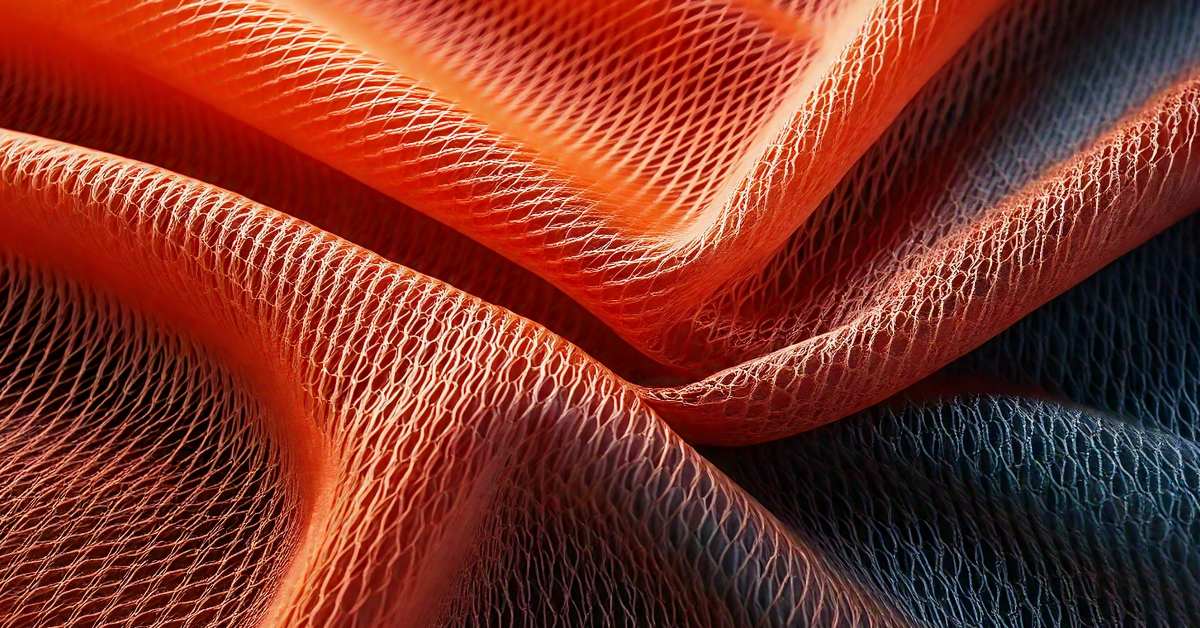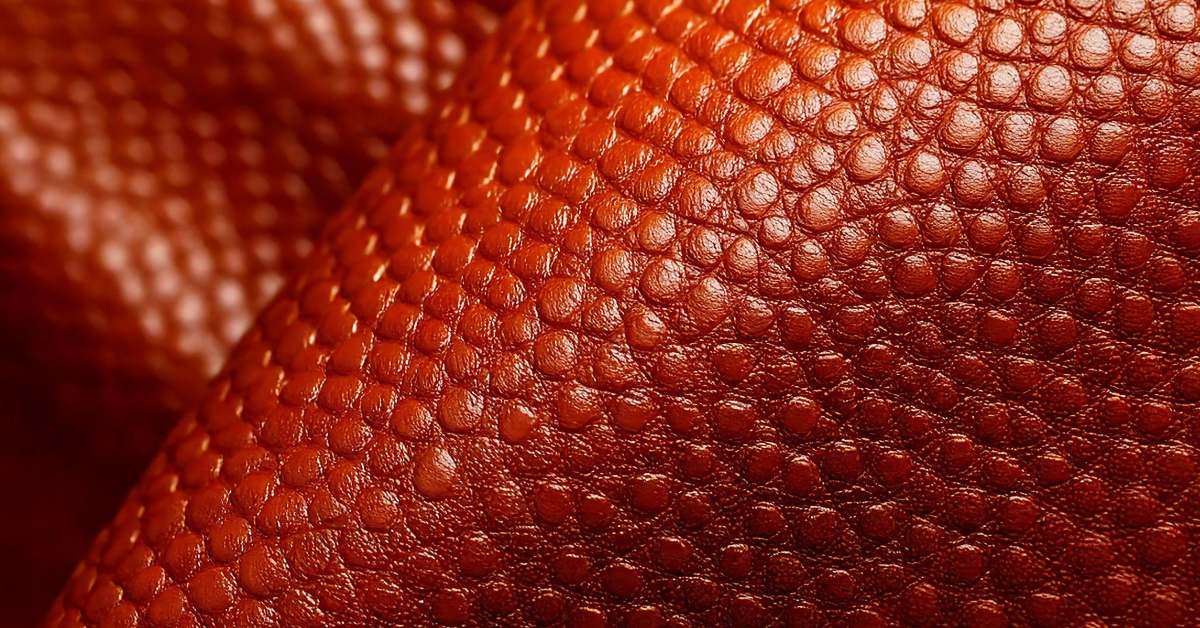You must have heard about leather tanning and how it’s quite a rigorous process. But why do you think that is? Are you interested in finding out the details and intricacies involved in a leather tanning process? There are several agents that aid in achieving the effects of tanning. Let’s dive into this process of tanning and uncover the work that goes into it.
What To Expect In This Article?
Introduction to Leather Tanning
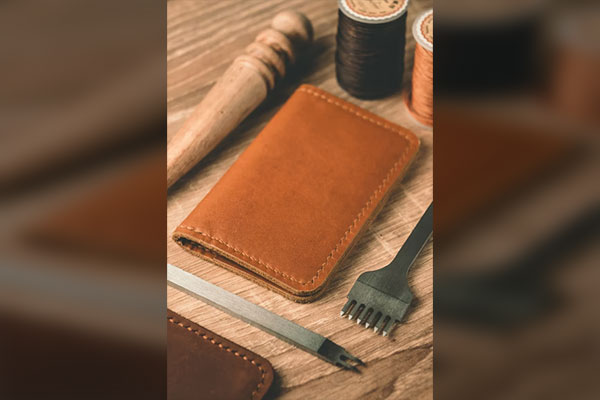
Animal hides or skins have been in our use since medieval times, maybe even before that. Whether it is protective gear or clothing accessories like harnesses, bags, and belts, leather jackets, the animal skins have been the go-to option for all. Back in the day, the process of leather tanning was much different than the one widely being used today.
Previously, animal hides were dried in which fats were added to become softer and waterproof. The last step was to smoke out the leather for preservation. The type of leather is regardless; of whether you take goatskin, sheepskin, pigmented, cowhide, lambskin, nappa , bonded, etc.
A little-known fact about leather tanning is that ancient methods were extremely challenging; foul-smelling and almost unbearable because of the use of animal feces and decaying flesh. No wonder those methods became odoriferous and obsolete.
Despite being just one part of it, leather tanning is the most important step in the entire leather production process, both faux and real leather, in which you preserve animal skin using tannins. The chemical agent’s aid in stabilizing the fiber and structure of the animal skin. This process also assists in preventing the skin from decaying, decomposing or oxidizing — essential for the maintenance and longevity of the life of the leather.
There are many processes and steps to tanning leather. In addition to this, the types of leather are also quite different. Continue reading to find out more.
Types of Leather Tanning
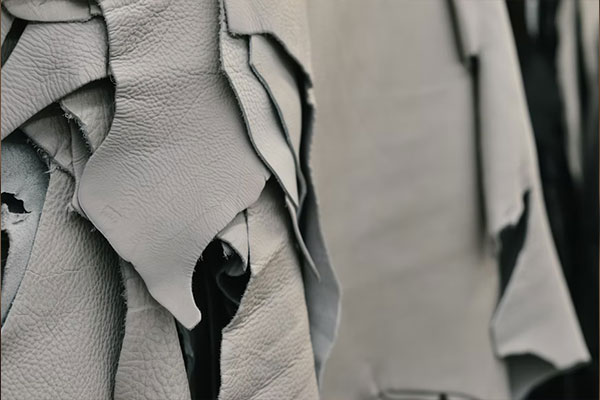
There are two types of leather tanning that are most commonly used: Real and false leather tanning. Real tanning can be described as the process in which tannins develop a bond with skin fiber that is irreversible. Real leather tanning is divided into two types: chrome and vegetable tanning.
False tanning is the one that is applied on leather fibers that are washable and unstable. They are further categorized as oil, brain, and rawhide tanning. There are other types also but these are the most pivotal ones.
Types of Real Leather Tanning
There are two types of real leather tanning processes both vary in terms of time and other factors.
Vegetable Tanning:
This is comparatively a much ancient process and can be traced back to Egypt. This tanning process is quite secretive and is only followed by tanneries that are over 100 years old. It takes weeks and sometimes months which also makes it costly compared to other tanning methods. The leather that is extracted from this process is stiff and has its natural color intact.
Chrome Tanning:
A much newer process that emerged in 1858 is not only quicker but also efficient and less costly than vegetable tanning. This is the type of tanning that allows you to tan an entire batch of hides in one go. Thus, you may tan, dye, and add finishing to the leather in one day or so. The popularity of this tanning procedure is credited to its speed. The leather contracted from this process is soft and supple and can be dyed into many vibrant and bright colors.
Types of False Leather Tanning
The three most popular types of false leather tanning are as follows:
Oil Tanning: This is one of the most popular tanning processes for full grain leather that follows the chrome tanning method. Once the leather has gone through chrome tanning it is packed with oil and wax to achieve a unique feel and texture. What it really does is, it makes the leather more supple.
Brain Tanning: Another traditional and ancient method on the list in which the brain matter is used to tan the hide of the animal. Once that is out of the way, it is put through fire and later dried and smoked. Of course, there are chemicals made by men that are being used for the second step of tanning. However, the smoking leads to the distinctive smell and color of the leather.
Rawhide Tanning: Arguably a type of leather tanning in which hair is removed after which the leather is soaked in water to become more pliable; it helps in molding and shaping the leather.
Types of Chemicals used in Leather Tanning
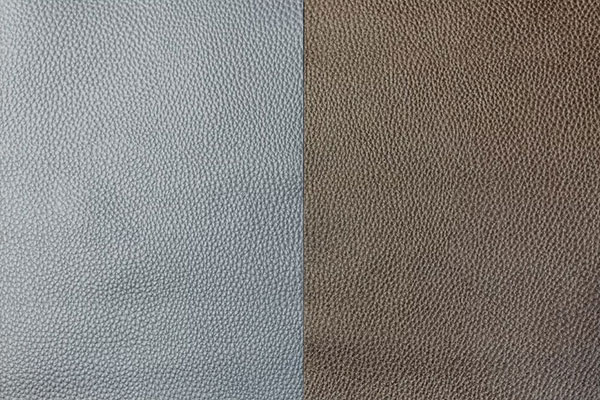
The chemicals or agents used in leather tanning are called tannins by tanners. Tannins basically get absorbed into the hides of the animal in this process and bind themselves to the protein collagen that is naturally present in the skin of the animals. When these chemicals are not added, the skins start to decompose; thus, the necessity of this step. Several different types of tanning agents are used in tanning. A finished leather generally consists of 8 to 45% of tannins.
The tannins are further divided into two categories:
Mineral Tanning Agents
- Chrome III
- Towing with alum
Vegetable Tanning Agents
- Apple tanned
- Mimosa
- Olive leaves
- Sumac
- Tara
- Quebracho
The Distinct Stages of Tanning Leather
Although certain steps may vary, the provided stages are the standard that most tanneries follow.
STAGE ONE: REMOVE HAIR & FAT
The leather undergoes processors where salt is cured of the animal hides after which salt gets wet again to restore moisture and remove dirt. After this, the animal hide undergoes a lime bath; in this step, hair is chemically removed from the animal hide. Next, the hide is tumbled to remove excess or remaining hair along with the fatty layers from the existing flesh.
STAGE TWO: BATH & PICKLING
When the hide undergoes a lime bath, the pH of the collagen increases; here, the hide lime is removed to bring down the pH levels which further allows penetration of the tannins. For this purpose, common salts and acids, like sulfuric acid are used.
STAGE THREE: TANNING
This is the stage where some tanning processes differ since the leather they’re tanning can be different. Commonly used tanning processes are vegetable tanning and chrome tanning.
STAGE FOUR: FINISHING
Whichever side you are tanning, depending on that, you will go ahead with its finishing. For this, you will add oil or wax to its surface or simply dye it with some color. Some tanneries take the tanned leather for another tanning round to give it a more unique and even surface finish. Suede is a type of finish as well as leather.
FAQs
Tanning is a process used to treat the skins and hides of animals to convert them into leather, like crazy horse leather.
Leather tanning is essential as it helps the leather from deteriorating or oxidizing.
Oil-tanned leather is basically coated with oils that elevate its hydration status. Hence, oil-tanned leather is better than most.
The leather undergoes a rigorous process of tanning because of which it achieves its distinct smell which is actually loved by leather enthusiasts.
In Conclusion
The process of leather tanning is multi-layered, with each having a different time, process, and cost, but vegetable and chrome tanning are the real tanning processes that are followed throughout the world. Let us know if you still have any questions regarding the tanning methods.

